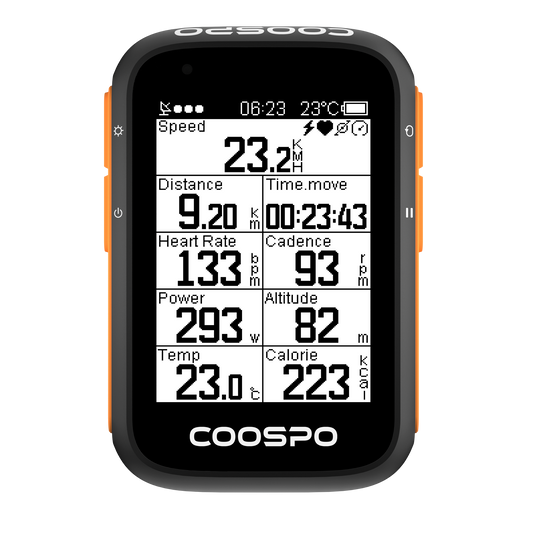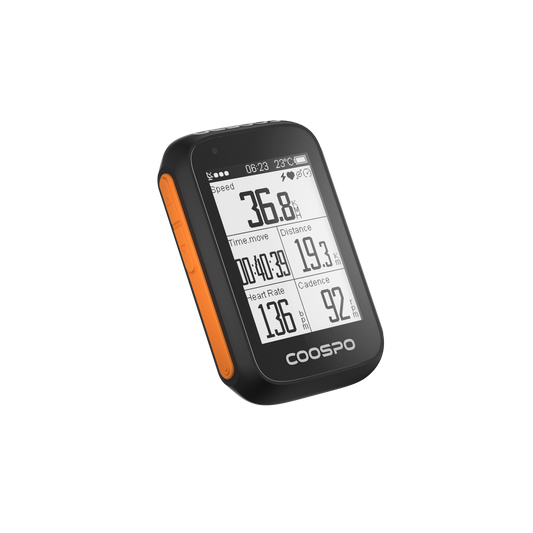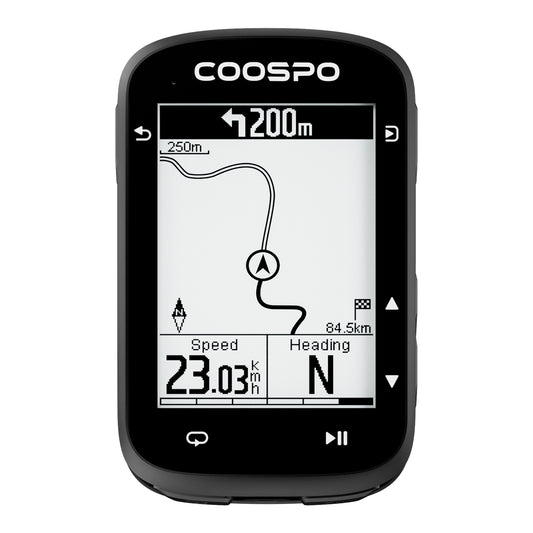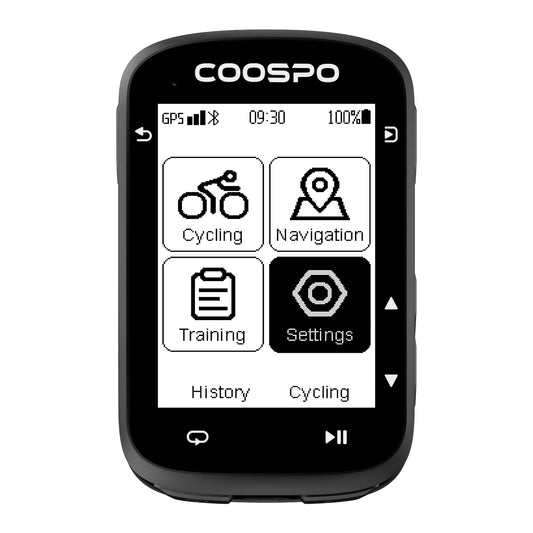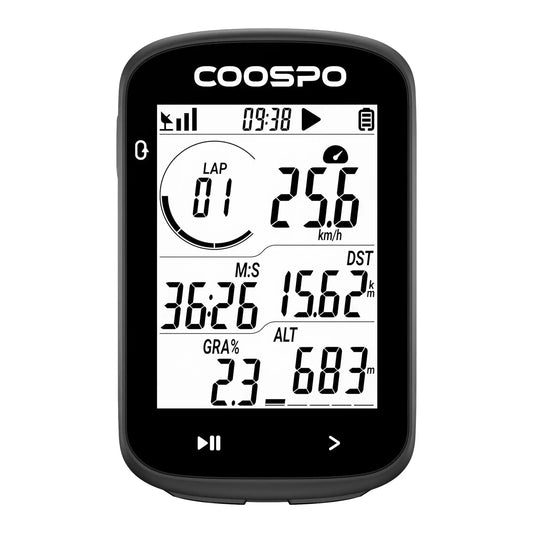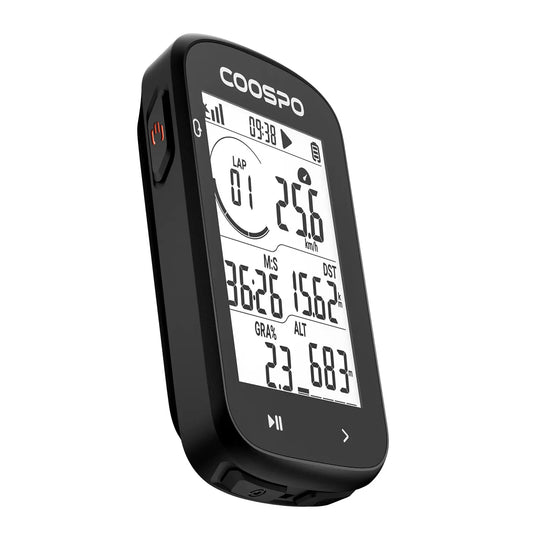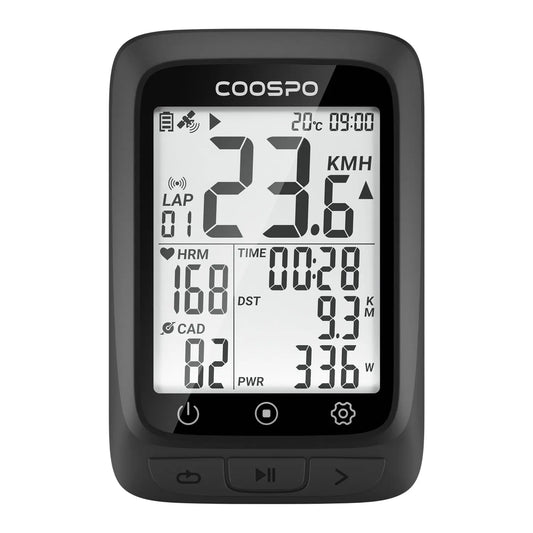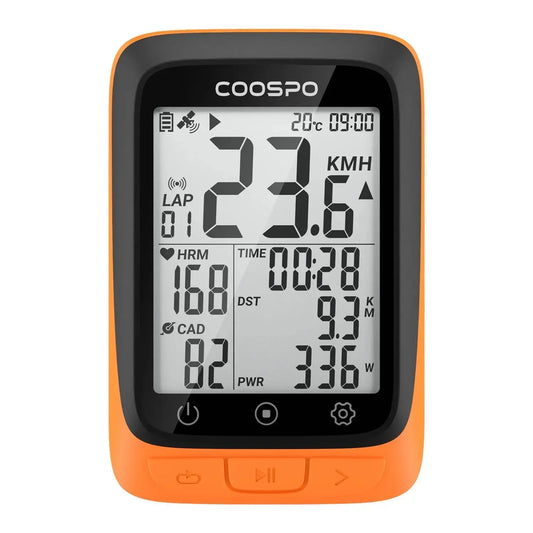Come trovare la tua frequenza cardiaca in esecuzione perfetta ?
La frequenza cardiaca target per la corsa può cambiare in base all'età e al livello di forma fisica. Anche fattori come calore, umidità e stress possono avere un impatto sulla frequenza cardiaca.
Quando fai esercizio aerobico come la corsa, il tuo cuore batte più velocemente. Mentre corri più velocemente e lavori più duramente, la tua frequenza cardiaca aumenta. Il sangue scorre verso i tuoi muscoli per fornire l'ossigeno e i nutrienti di cui hanno bisogno per continuare a muoversi.

Conoscere la frequenza cardiaca ideale per la corsa può aiutarti a ottenere il massimo dai tuoi allenamenti, a sviluppare la resistenza e a evitare di sforzarti troppo. Questo articolo spiegherà come la frequenza cardiaca influisce sulla corsa e come usarla per raggiungere i tuoi obiettivi di fitness.
Fattori che influenzano la frequenza cardiaca durante la corsa
La frequenza cardiaca durante la corsa non è un numero fisso, ma varia in base a diversi fattori:
- Età: la tua frequenza cardiaca massima (MHR) diminuisce con l'età. Questo declino ha un impatto sulle tue zone di frequenza cardiaca e sulle prestazioni complessive.
- Livello di forma fisica: i corridori con un livello di forma fisica più elevato tendono ad avere frequenze cardiache a riposo più basse e una migliore efficienza cardiaca.
- Temperatura e umidità: correre in condizioni calde o umide aumenta la frequenza cardiaca perché il corpo lavora di più per raffreddarsi.
- Stress e stanchezza: lo stress emotivo o la stanchezza fisica possono portare ad un aumento della frequenza cardiaca durante l'esercizio fisico.
- Altitudine: ad altitudini più elevate, i ridotti livelli di ossigeno costringono il cuore a pompare più vigorosamente.
- Farmaci: alcuni farmaci, come i betabloccanti o gli stimolanti, possono alterare la risposta della frequenza cardiaca. La comprensione di questi fattori ti aiuta a interpretare i dati della frequenza cardiaca in modo accurato e ad adattare di conseguenza il tuo allenamento.
Come determinare la frequenza cardiaca ideale durante la corsa
Per determinare la tua frequenza cardiaca ideale per la corsa, devi identificare le tue zone di frequenza cardiaca personali. Ecco come:
Calcola la tua frequenza cardiaca massima (MHR): la formula più comune è 220 - la tua età. Ad esempio, se hai 30 anni, la tua MHR è di circa 190 battiti al minuto (bpm). Tuttavia, questa formula ha delle limitazioni e alternative come 207 - (0,7 × età) possono fornire maggiore accuratezza.
Identificare le zone di frequenza cardiaca: queste zone sono percentuali della tua MHR, ciascuna delle quali rappresenta diversi livelli di intensità:
Zona 1: 50-60% MHR (attività leggera, riscaldamento o recupero)
Zona 2: 60-70% MHR (resistenza aerobica, zona brucia grassi)
Zona 3: 70-80% MHR (da moderata a dura, migliora la capacità aerobica)
Zona 4: 80-90% MHR (intenso, aumenta la velocità e la potenza)
Zona 5: 90-100% MHR (sforzo massimo, allenamento anaerobico)
Esegui un test sul campo: per una maggiore precisione, esegui un test sul campo, come correre al massimo sforzo per diversi minuti e monitorare la frequenza cardiaca. Strumenti come cardiofrequenzimetri o smartwatch possono aiutare in questo processo.

Monitora la tua frequenza cardiaca a riposo: prendi il polso al risveglio per stabilire una linea di base. Frequenze cardiache a riposo più basse indicano spesso una migliore forma cardiovascolare.
Frequenza cardiaca media target durante la corsa
Le frequenze cardiache target variano a seconda dei tuoi obiettivi e del tuo livello di forma fisica. Di seguito sono riportate le linee guida generali:
Principianti: punta al 50-70% del tuo MHR. Questo assicura un ritmo confortevole mentre si sviluppa la resistenza. Corridori intermedi: punta al 60-80% del tuo MHR per migliorare velocità e resistenza. Corridori esperti: usa il 70-90% del tuo MHR per l'allenamento a intervalli o le gare.
Ad esempio, un corridore di 40 anni con una frequenza cardiaca massima di 180 bpm potrebbe puntare a:
Zona 2: 108-126 bpm
Zona 3: 126-144 bpm
Zona 4: 144-162 bpm
È importante parlare con un professionista sanitario se si soffre di una patologia cardiaca. Potrebbe aiutare a stabilire le migliori frequenze cardiache target per te.

Monitorare la frequenza cardiaca mentre corri può aiutarti a raggiungere i tuoi obiettivi. Ad esempio, se la frequenza cardiaca è troppo bassa per l'intensità desiderata, devi spingere di più. Se è troppo alta, potresti dover rallentare.
Utilizzando un cardiofrequenzimetro può aiutarti a tenere traccia della tua frequenza cardiaca durante l'esercizio fisico.
Quando la frequenza cardiaca è troppo alta
Una frequenza cardiaca superiore alla tua zona target può essere il segnale di uno sforzo eccessivo. I sintomi includono vertigini, mancanza di respiro o dolore al petto. Le cause comuni di frequenze cardiache elevate includono disidratazione, scarso recupero o sforzo eccessivo durante l'allenamento.
Se la tua frequenza cardiaca supera costantemente i livelli di sicurezza:
Rallenta e lascia che il tuo battito cardiaco torni alla normalità
Rivedi il tuo piano di allenamento e le pratiche di recupero
Consultare un medico se si avvertono fastidi o ritmi irregolari
Uno studio del 2020 suggerisce di trascorrere fino al 9% del tempo di allenamento settimanale totale oltre il 90% della frequenza cardiaca massima. Questo per evitare il sovrallenamento e massimizzare i benefici dell'esercizio.
Cos'è l'allenamento della frequenza cardiaca? Cos'è l'allenamento della frequenza cardiaca?
L'allenamento basato sulla frequenza cardiaca è un metodo che utilizza le zone di frequenza cardiaca per guidare gli allenamenti. Consente ai runner di concentrarsi su sistemi energetici specifici e di allenarsi in modo efficiente senza sovrallenamento.
I principali vantaggi includono:
- Allenamenti personalizzati: adatta l'intensità al tuo livello di forma fisica.
- Recupero migliorato: aiuta a prevenire il burnout monitorando lo sforzo.
- Prestazioni migliorate: aumenta la resistenza, la velocità e l'efficienza complessiva.
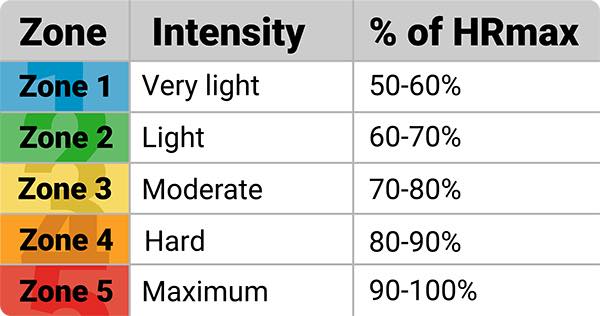
I maratoneti che vogliono mantenere un ritmo costante per lunghe distanze dovrebbero allenarsi principalmente nelle zone di frequenza cardiaca da 1 a 3. Se ti stai preparando per una gara più breve come una 5K, dovresti trascorrere più tempo nelle zone da 3 a 4. Gli atleti d'élite e gli sprinter spesso concentrano il loro allenamento nelle zone 4 e 5.
Utilizzando un cardiofrequenzimetro può aiutarti a tracciare il tuo allenamento. Se ti ritrovi spesso nella zona 4 o superiore, potrebbe essere una buona idea rallentare e aumentare gradualmente il ritmo.
Domande frequenti
Qual è la frequenza cardiaca normale per un corridore?
La frequenza cardiaca target ideale per la corsa è influenzata da diversi fattori chiave, tra cui età, livello di forma fisica e qualsiasi condizione di salute sottostante. In genere, un intervallo medio per attività come camminata veloce o jogging leggero rientra tra il 50% e il 75% della frequenza cardiaca massima. Al contrario, per la corsa, la frequenza cardiaca target varia in genere dal 70% all'85%.
Una frequenza cardiaca di 170 è dannosa durante la corsa?
Una frequenza cardiaca che raggiunge i 170 bpm può essere considerata normale durante allenamenti ad alta intensità, in particolare tra i runner più giovani. Tuttavia, se questa frequenza elevata risulta eccessivamente faticosa o è accompagnata da qualsiasi disagio, serve come indicazione prudente per rallentare il ritmo. L'utilizzo di zone di frequenza cardiaca può fornire un quadro prezioso per garantire che l'allenamento rimanga sia sicuro che efficace.
Una frequenza cardiaca di 180 è alta quando si corre?
Una frequenza cardiaca di 180 battiti al minuto è elevata, ma non è insolita per alcuni corridori durante gli sprint o gli allenamenti più intensi.Tuttavia, se durante una corsa moderata si raggiungono i 180 bpm, potrebbe significare che ci si sta sforzando troppo.



